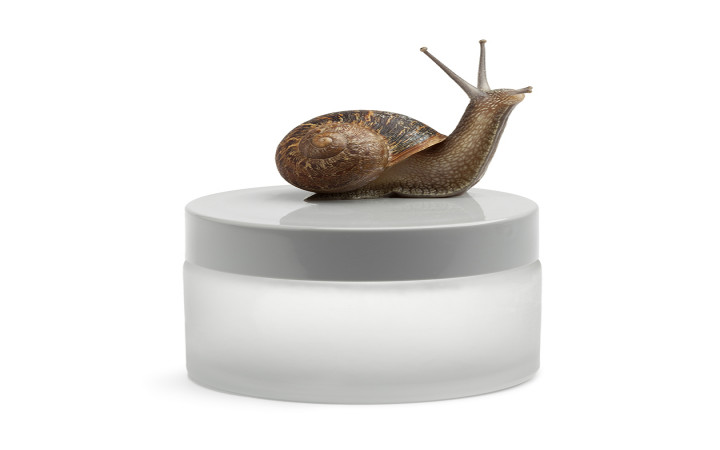Today’s Wonder of the Day was inspired by Sophie. Sophie Wonders, “How do snails produce slime?” Thanks for WONDERing with us, Sophie!
When you look in the mirror, what do you see? We hope you see a confident, unique human being that's unlike anyone else in the world.
Mirrors simply reflect what's put in front of them. They can't see inside where your true beauty resides. Yet, we still rely upon mirrors every day to show us what the rest of the world sees.
Although appearance doesn't determine the worth of a person, most of us don't want to leave the house with crazy hair or a dirty face. Mirrors help us make sure we look presentable as we go about our daily business.
Of course, some of us spend more time in front of a mirror than others. Some people take special pride in their appearance and want to look their best all the time. They may use mirrors to help them carefully apply a variety of products they think will enhance their appearance.
One trip to any department store will reveal the wide variety of products on the market today that claim to enhance your appearance in some way. Whether it's hiding wrinkles, clearing up acne, or enhancing beauty through makeup and other cosmetics, there's seemingly no end to the number of products vying for your money in return for promises of a more beautiful, youthful appearance.
Some of these products contain ingredients that might make you think twice about using them. For example, have you ever thought about putting snail slime on your face?
If slimy snails make you queasy, then the thought of putting snail slime on your face might make you shiver in disgust. Nevertheless, there are a growing number of products on the market today that boast about their quantity and quality of snail slime as a primary ingredient.
Using snails to help with healing skin problems goes all the way back to Hippocrates and the ancient Greeks. More recently, skin care companies in South Korea made using snail slime in skin products popular after snail farmers in Chile who harvested snails for the French escargot market reported that their hands looked younger and smoother after handling snails so often.
Products featuring snail slime (also known as snail mucus, snail cream, or — technically — Helix aspersa muller glycoconjugates) have now made their way to the United States and are growing in popularity. But do they work?
Proponents of snail slime claim it contains a variety of beneficial substances, including hyaluronic acid, glycoprotein enzymes, glycolic acid, antimicrobial and copper peptides, proteoglycans, and elastins.
They claim these compounds benefit the skin by moisturizing, reducing inflammation, hiding dark spots and acne scars, boosting elastin and collagen production, and minimizing wrinkles. Some dermatologists and many customers are firm believers.
However, other dermatologists are not so sure, noting that there really isn't any solid, high-quality research to back these claims. Moreover, they note that many of these same compounds can be found in products already on the market that don't contain snail slime.
In the U.S., the government doesn't regulate cosmetics, so there's little in the way of official studies to support the efficacy of snail slime. Some proponents are quick to point out, though, that snail slime has been used in traditional folk medicine for centuries.
Whether it's a miracle product or not, you're likely to see more and more snail slime appearing in moisturizers, cleansers, anti-wrinkle creams, acne treatments, eye creams, and all sorts of cosmetics in the coming years.
In case you were WONDERing how snail slime is extracted, the process has advanced with technology in recent years. In the past, snails were forced to secrete slime by submerging them in water that contained salt or vinegar. This often resulted in the death of the snails.
A new cruelty-free method has recently been developed in Italy. A new machine called the Muller One extracts snail slime by treating the snails to a spa-like steam bath. Snails are fed a healthy vegetable diet and can produce slime repeatedly without being harmed.




